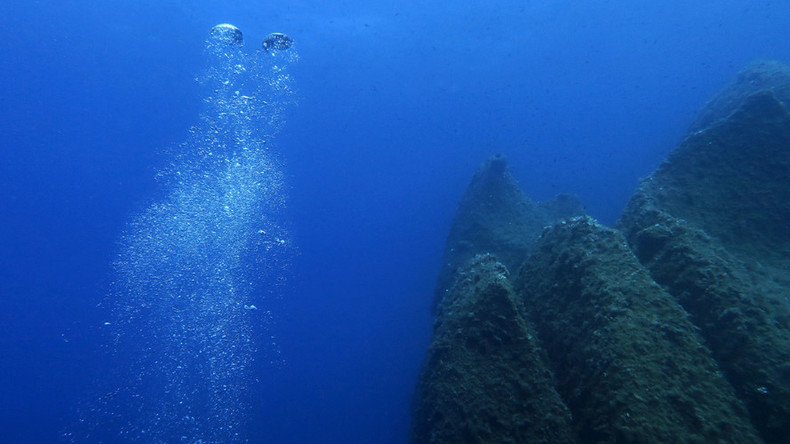Underwater ‘lost city’ not made by humans

A Greek dive site once thought to be the ruins of a long-lost ancient city turned out something slightly less exciting. Instead of being an Atlantis, the “lost city” was created by a natural phenomenon in the Pliocene age around 5 million years ago.
An article in the Marine and Petroleum Geology journal published on Thursday sheds some light on what created the mysterious doughnut shaped columns that have fascinated divers for years.
Rather than being the archaeological remains of stone work, they are actually, “like a plumbing situation below the seabed,” the study’s lead author Professor Julian Andrews told CNN.
Ancient 'underwater lost city' is a natural geological phenomenon https://t.co/0VQBlUlZWspic.twitter.com/53w8Jjahtt
— MirrorTech (@MirrorTech) June 3, 2016
So what caused these weird shapes? As it turns out, a geological phenomenon that occurred roughly 5 million years ago due to the mineralization of hydrocarbon seeps. Basically, these are areas where the sediment was filled with microbes.
This "lost underwater city" was actually made by microbes. https://t.co/iAVqnlh8TCpic.twitter.com/fdI8hEsmEo
— Smithsonian Magazine (@SmithsonianMag) June 3, 2016
The microbes fed off of the carbon in the hydrocarbon seeps, and the resulting sediment turned into dolomite, a natural concrete. Andrews explained, “In this case the cement was an unusual mineral called dolomite which rarely forms in seawater, but can be quite common in microbe-rich sediments.”
Though the round disks off the coast were created by leaks in the earth’s surface, that doesn’t mean they aren’t unusual, as such phenomena is usually found in deeper water, according to Andrews, “But having said that, very early seep examples were found in the North Sea – which isn’t particularly deep – but it is a little unusual that it’s right on the coast.”
Though no longer an interesting source of speculation for divers, Andrews told CNN that the structures still play an important role in providing a home for life in an ecosystem’s habitat.
“They almost act like a reef, so they provide lots of little refuges for fish to live in.”
They DO exist! Unicorn leads CHiPs on 3+ hour chasehttps://t.co/cIcmIGKs4lpic.twitter.com/jhbWWTNYhk
— RT America (@RT_America) February 27, 2016












